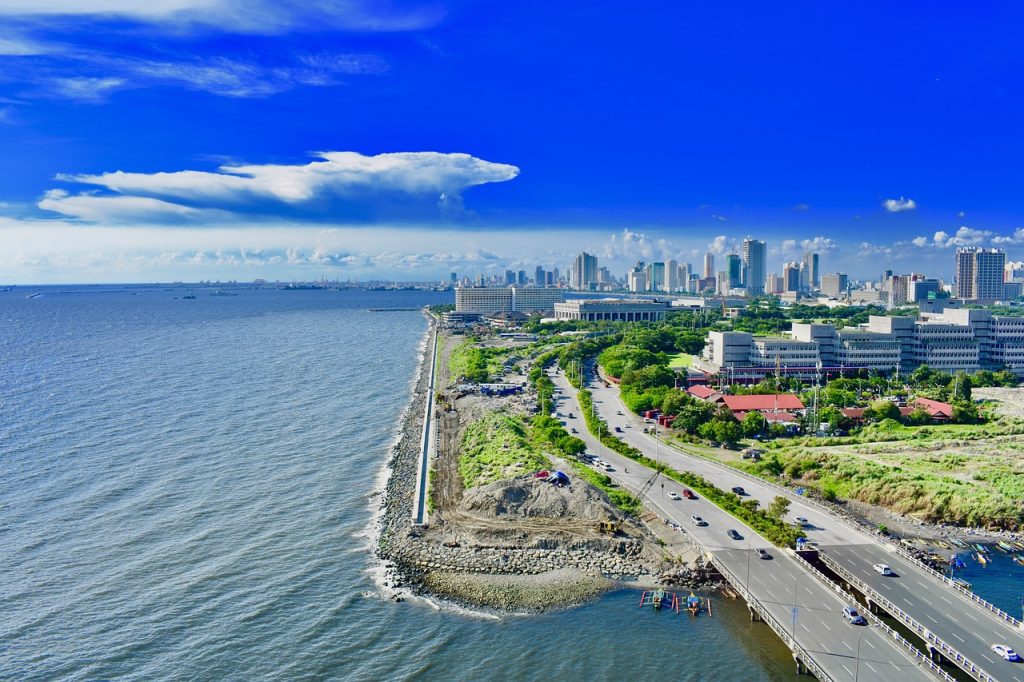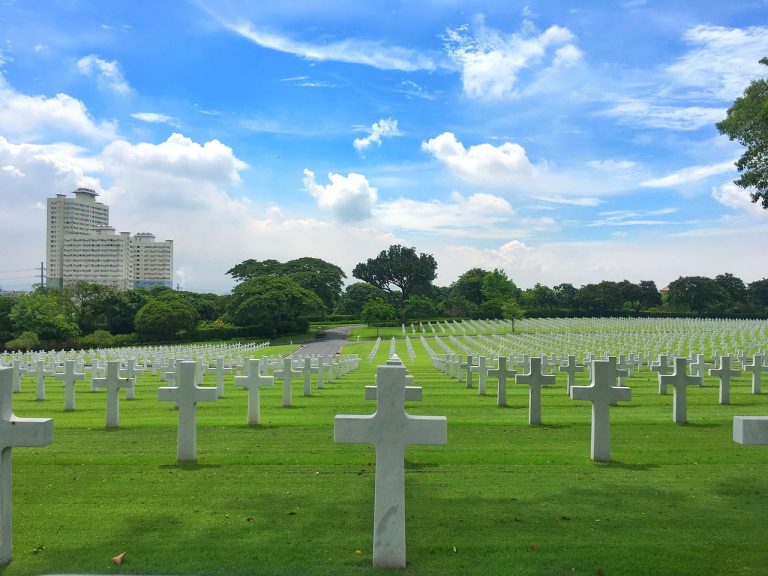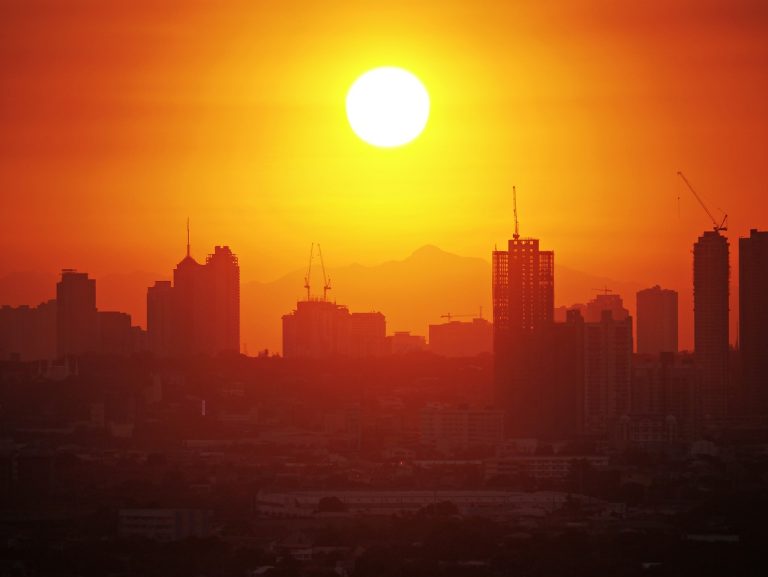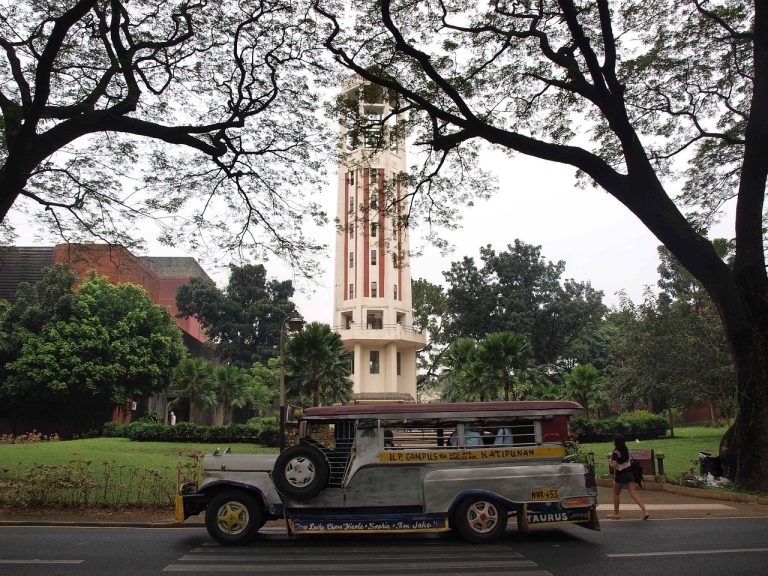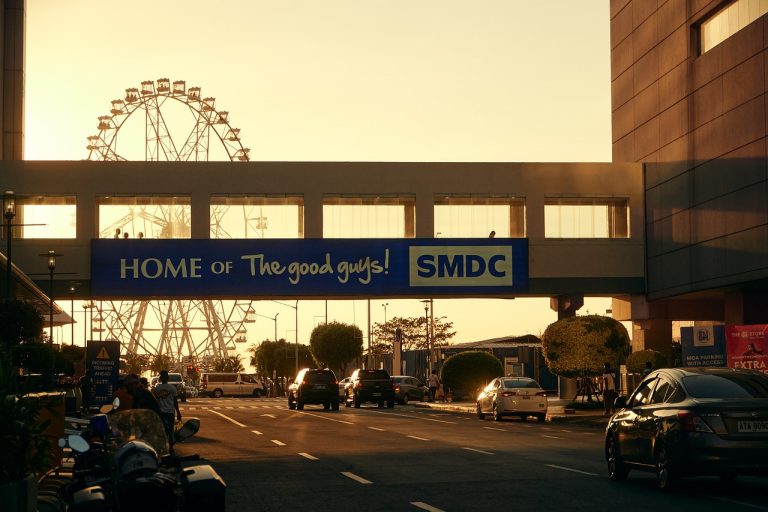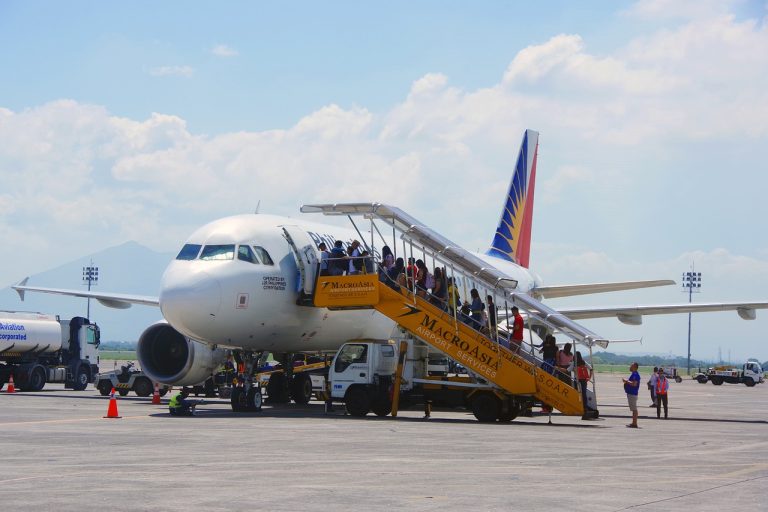Manila Philippines Video
Historical Treasures of Manila Philippines: Reliving the Past
Manila, the capital city of the Philippines, is a treasure trove of historical landmarks and cultural heritage. From colonial-era architecture to significant sites that played a crucial role in the country’s history, Manila offers a glimpse into the rich past of the Philippines. In this article, we will explore ten historical treasures of Manila that allow visitors to relive the past.
1. Intramuros: Walled City of Manila
- Fort Santiago: This iconic fortress served as a defense structure during the Spanish colonial period. It witnessed significant events, including the imprisonment and execution of national hero Jose Rizal.
- San Agustin Church: Built in the 16th century, this UNESCO World Heritage Site is the oldest stone church in the Philippines. Its intricate Baroque architecture and stunning interior make it a must-visit.
- Casa Manila: A replica of a Spanish colonial house, Casa Manila showcases the opulence and lifestyle of the affluent during that era.
Keywords: Intramuros, Fort Santiago, San Agustin Church, Casa Manila
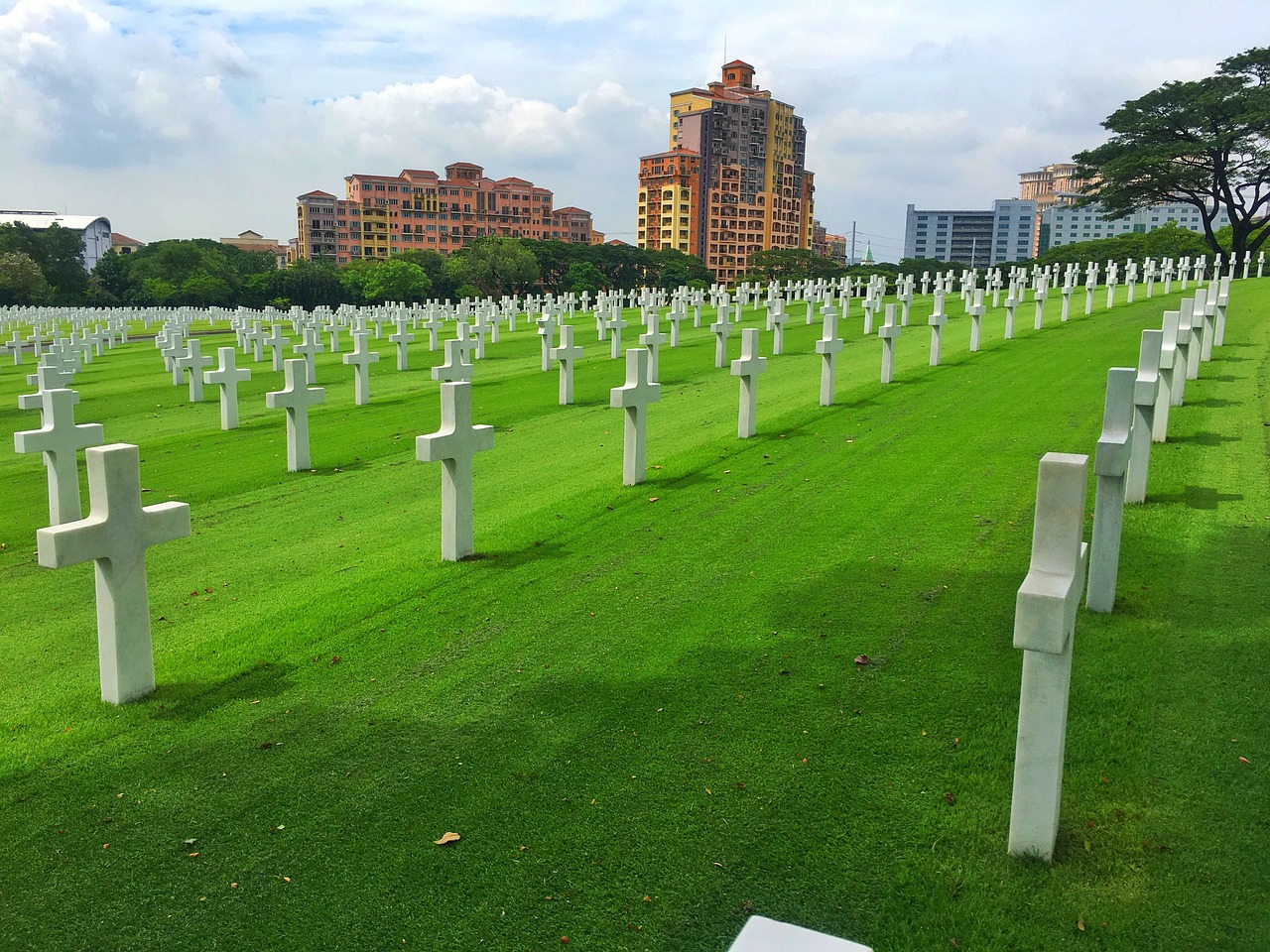
2. Rizal Park
- Rizal Monument: Dedicated to Dr. Jose Rizal, the national hero of the Philippines, this monument stands as a symbol of freedom and patriotism.
- National Museum of Fine Arts: Located within Rizal Park, this museum houses an extensive collection of artworks by Filipino artists, including renowned masterpieces.
- Japanese Garden: A serene oasis within the park, the Japanese Garden showcases traditional Japanese landscaping and provides a peaceful retreat for visitors.
Keywords: Rizal Park, Rizal Monument, National Museum of Fine Arts, Japanese Garden
3. Manila Cathedral
- Basílica Menor de San Sebastián: This stunning neo-gothic church is the only all-steel church in Asia and is known for its intricate stained glass windows and beautiful architecture.
- Plaza de Roma: Located in front of the Manila Cathedral, this historic square serves as a gathering place and is surrounded by significant buildings, including the Ayuntamiento de Manila.
- Archbishop’s Palace: The official residence of the Archbishop of Manila, this historic building has witnessed important religious and political events throughout history.
Keywords: Manila Cathedral, Basílica Menor de San Sebastián, Plaza de Roma, Archbishop’s Palace

4. Malacañang Palace
- Malacañan Palace: The official residence of the President of the Philippines, this grand palace has been witness to significant political events and serves as the seat of power.
- Malacañang Museum: Located within the palace complex, the museum showcases artifacts, artwork, and historical memorabilia related to the country’s presidents and political history.
- Kalayaan Hall: Formerly known as the Executive Building, Kalayaan Hall houses important government offices and is an architectural marvel.
Keywords: Malacañang Palace, Malacañang Museum, Kalayaan Hall
5. National Museum of Anthropology
- Spoliarium: The centerpiece of the museum, this massive painting by Juan Luna depicts the harsh reality of Roman gladiators and is considered a national treasure.
- Baybayin Gallery: Showcasing the ancient script used by early Filipinos, this gallery provides insights into the pre-colonial writing system of the country.
- Gold Collection: The museum houses an impressive collection of gold artifacts, including jewelry, ceremonial objects, and ancient treasures.
Keywords: National Museum of Anthropology, Spoliarium, Baybayin Gallery, Gold Collection
6. National Museum of Natural History
- The Tree of Life: A grand centerpiece inside the museum, this massive sculpture represents the interconnectedness of all living things and the biodiversity of the Philippines.
- Biodiversity Gallery: This gallery showcases the rich flora and fauna of the Philippines, highlighting the country’s unique ecosystems and species.
- Geological Gallery: Exploring the geological history of the Philippines, this gallery displays various minerals, rocks, and fossils found in the country.
Keywords: National Museum of Natural History, The Tree of Life, Biodiversity Gallery, Geological Gallery
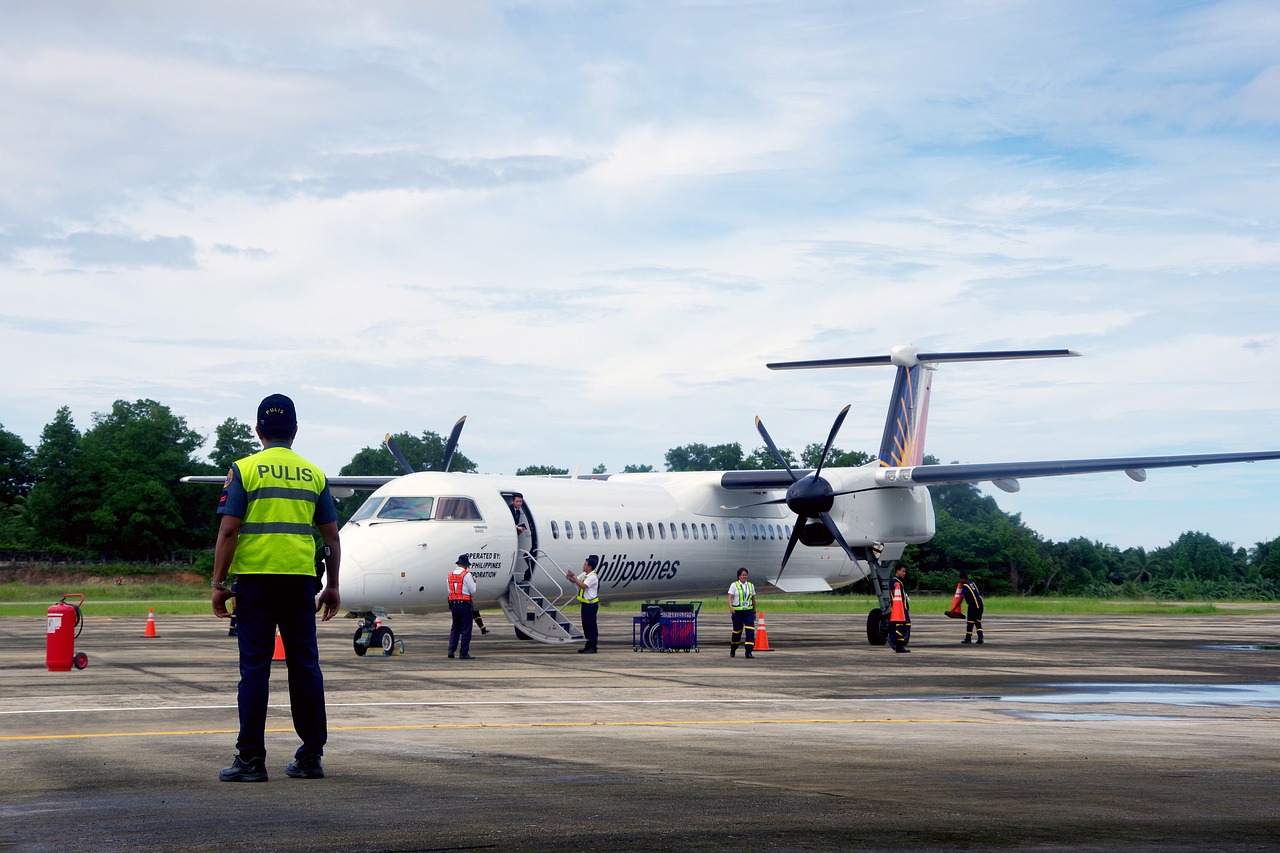
7. Fort Bonifacio
- Presidio: Once a military base, the Presidio is now a vibrant commercial and residential area with modern skyscrapers, shopping centers, and parks.
- Heroes’ Cemetery: Also known as the Libingan ng mga Bayani, this cemetery is the final resting place of Philippine heroes, soldiers, and statesmen.
- Art BGC: Fort Bonifacio is home to numerous art installations and galleries, making it a hub for contemporary art in Manila.
Keywords: Fort Bonifacio, Presidio, Heroes’ Cemetery, Art BGC
8. National Museum of the Filipino People
- Spoliarium: Another version of Juan Luna’s famous painting can be found in this museum, providing visitors with an opportunity to appreciate its grandeur.
- Archaeological Treasures: The museum houses a vast collection of artifacts dating back thousands of years, including pottery, tools, and jewelry.
- Textile Gallery: Showcasing the traditional textiles of various indigenous groups in the Philippines, this gallery celebrates the country’s rich weaving traditions.
Keywords: National Museum of the Filipino People, Spoliarium, Archaeological Treasures, Textile Gallery
9. Paco Park
- Paco Cemetery: This historical cemetery was built during the Spanish colonial period and is known for its circular shape and beautiful garden setting.
- Chapel of St. Pancratius: Located within Paco Park, this chapel is a popular wedding venue and showcases stunning architecture and religious artifacts.
- Rizal’s Execution Site: Paco Park is believed to be the site where national hero Jose Rizal was secretly buried after his execution.
Keywords: Paco Park, Paco Cemetery, Chapel of St. Pancratius, Rizal’s Execution Site
10. National Library of the Philippines
- Philippine Declaration of Independence: The original copy of the declaration, known as the “Act of the Proclamation of the Independence of the Filipino People,” is preserved in the library.
- Special Collections: The library houses rare books, manuscripts, and documents that provide valuable insights into Philippine history and culture.
- Reading Rooms: Visitors can access the library’s extensive collection and conduct research in its well-equipped reading rooms.
Keywords: National Library of the Philippines, Philippine Declaration of Independence, Special Collections, Reading Rooms
Conclusion
Manila, Philippines, is a city that proudly preserves its historical treasures, allowing visitors to step back in time and relive the past. From the ancient walls of Intramuros to the grandeur of Malacañang Palace, each historical site offers a unique glimpse into the country’s rich heritage. Whether you’re a history enthusiast or simply curious about the Philippines’ past, exploring these historical treasures in Manila is an unforgettable experience.
References
- Official Gazette of the Philippines – www.officialgazette.gov.ph
- Intramuros Administration – www.intramuros.gov.ph
- National Museum of the Philippines – www.nationalmuseum.gov.ph
- Malacañang Palace – www.pcoo.gov.ph
- Fort Bonifacio Development Corporation – www.bgc.com.ph
- National Library of the Philippines – www.nlp.gov.ph

